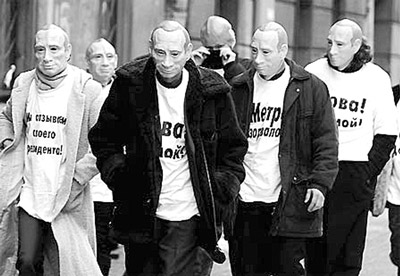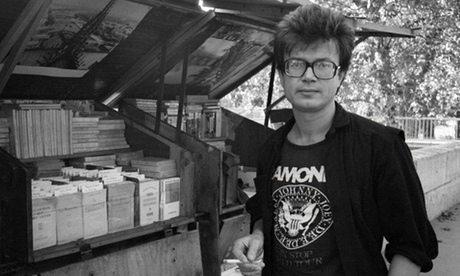I’ve been in New York, the city and the state, doing some walking among
other things. On the first day there I
went to my publisher’s office, a place I’d been before and it’s right there in
the middle of town, on 18th Street, and so I had no worries about
finding it and getting there on time.
And so, I set off for a meeting, and in due course I got completely and
utterly (and inevitably) lost. I
suddenly couldn’t tell whether I should be on east 18th or west
18th, and in any case I had some kind of brain fade and couldn’t tell east from
west anyway, and so I got there late and sweaty and panicky, and feeling like a
complete rube, who couldn’t find his way around the big city. This was not precisely the impression I was
trying to convey to my publisher.

Of course, when I’m in my walker/urban explorer mode, I think that
being lost in the city is a very good thing, but it’s not nearly so cool when
you have to be at a certain place at a certain time. The real problem, I told myself later, is
that you never get quite as lost as when you’re certain you know exactly where
you’re going. If I’d had any doubts
about where I was going, where the publisher’s office was, I’d have double
checked the address, consulted a map, taken the map with me, but I had no such doubts,
and in the event my unmerited confidence undid me.
I was staying in the apartment where photographer Dudley Reed and his
wife Betty live, and the place was full of photographic books, including Susan
Sontag’s On Photography, a book I’d
read a very long time ago, and I thought I remembered it pretty well, but it
seems not. Or perhaps it’s that I now
have a different set of priorities and obsessions, than I did back then when I
first read it, and there seemed something very fresh about a couple of paragraphs
from the book.
Sontag writes, “…the earliest surrealist photographs come from the
1850s when photographers went out prowling the streets of London, Paris, New
York, looking for their unposed slice of life.”
Then later, “In fact,
photography first comes into its own as an extension of the eye of the middle
class flaneur, whose sensibility was so accurately charted by
Baudelaire. The photographer is an armed version of the
solitary walker reconnoitering, stalking, cruising, the urban inferno, the
voyeuristic stroller who discovers the city as a landscape of voluptuous
extremes.”
Interesting and significant, I think, that she doesn’t
categorize either the flaneur or the photographer as male, though historically
(and with notable exceptions) the majority of both flaneurs and street
photographers have been men.
As you wander the streets of New York these days it seems that
everybody is taking pictures, women just as much as men. One or two seem to be “real” photographers,
brandishing bulky SLRs, but the majority are using their cell phones. I don’t know how many of them are looking for
the Surrealists’ “chance meeting on a
dissecting-table of a sewing-machine and an umbrella,” but I’m sure
they’d take a picture of it if they saw one.
And of course a lot of people are looking at their cell phones, texting rather
than taking pictures with them, and of course they walk into others, and others
no doubt walk into them, which seems a kind of rough justice. They can’t say
they haven’t been warned. The streets of
Manhattan now display posters like the one below, which is actually on the side
of a public phone booth. Does anybody
use public phone booths anymore?
As it happened, there were was a Banksy street art exhibition going on
all over New York while I was there. One
of the pranks involved some guy on the street selling “real” Banksies for the
price of fakes - $60 as opposed to the $15,000 or so they’d cost in a
gallery. Of course $60 does seem a bit
steep for fake Banksy.
But knowing that the man himself was in town and in action meant that
as I walked the streets of New York I kept seeing Banksy-esque stenciled
graffiti, and asking myself is that a real or a fake. Only a fool would have claimed to know with
any certainty. But I did spot this on 24th
Street at 6th Avenue.
Of course I couldn’t have sworn it was the real thing, but I thought it
might be, and I definitely thought it was worth a picture; and having got home
and done some research it seems that yes, as far as I can tell, I was looking
at a REAL Banksy. I walked past it again a couple of days later, and it seemed
it was being surrounded by other, much less artful-looking
tags and graffiti, which you might think spoiled the effect, though for all I know Banksy might have been doing those
too.




























